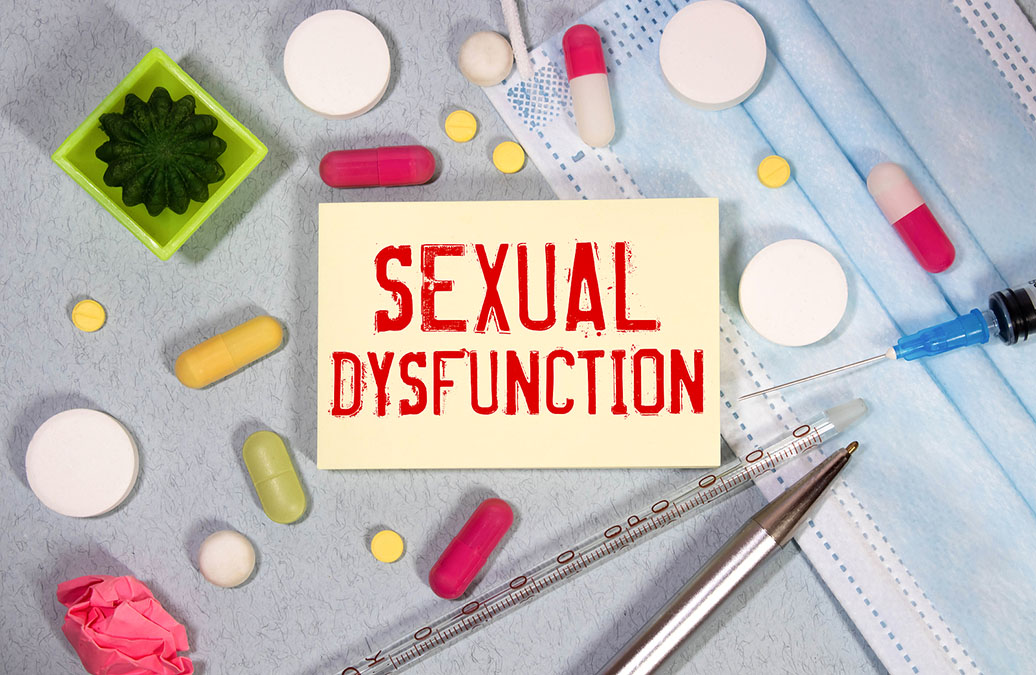 ED is an extremely complicated male condition. As it’s becoming more common, new research is being done about its causes and cures.
ED is an extremely complicated male condition. As it’s becoming more common, new research is being done about its causes and cures.
New guidelines on ED that just appeared in the Journal of Endocrinological Investigation review the most common causes of ED.
Fortunately, many of them are completely reversible.
Here are the risk factors identified by the scientists.
-
1. ED is more likely in older men, not simply because they are old but because old age leads to a general deterioration in health.
2. High blood pressure can increase your risk of ED by a factor of up to seven, and ED tends to be more severe in people with high blood pressure.
3. Clogging of arteries by cholesterol or blood clots reduces blood flow to the penis.
4. Conditions that affect breathing and lower blood oxygen, such as chronic obstructive pulmonary disease and obstructive sleep apnea, increase the risk of ED. The former is often a result of smoking and can increase your risk of ED by up to 87%.
5. Obesity increases your risk of ED in proportion to the amount of extra weight you carry. Weight loss can definitely improve sexual function.
6. Both type 1 and type 2 diabetes are ED risks, but the latter is much worse, with 66.3% of patients suffering from ED.
7. Abnormal levels of fats in the blood, including high levels of LDL cholesterol and triglycerides and low levels of HDL cholesterol, reduce penile blood flow.
8. Gout can increase your risk of ED by 20% because a high uric acid level in your blood causes blood vessel dysfunction.
9. Low testosterone, although few men really suffer from this.
10. Hormonal disorders, such as Addison’s disease, Cushing’s syndrome, and hyperthyroidism.
11. Neurological conditions, such as spinal injuries, Parkinson’s disease, multiple sclerosis, and epilepsy.
12. Lower urinary tract symptoms such as enlarged prostate.
13. Chronic pelvic pain syndrome can increase your risk of ED by 33%.
14. Substance abuse, including opioids, amphetamines, methamphetamine, alcohol, and cannabis.
15. Medicines, including most drugs for high blood pressure, depression, anxiety, and psychosis.
16. Depression, bipolar disorders, schizophrenia, post-traumatic stress disorder, and anxiety.
17. Relationship or marriage problems.
18. Low sexual desire.
This shows just how complex sexual function is and how proud we should be of ourselves when we get it right.

 Overcoming IBD
Overcoming IBD Multiple Sclerosis
Multiple Sclerosis Banishing Bronchitis
Banishing Bronchitis Gum Disease Gone
Gum Disease Gone Overcoming Onychomycosis
Overcoming Onychomycosis Neuropathy No More
Neuropathy No More The Prostate Protocol
The Prostate Protocol Brain Booster
Brain Booster
 Ironbound
Ironbound
 Solution for Shingles
Solution for Shingles
 The Bone Density Solution
The Bone Density Solution
 The Ultimate Healing Protocol
The Ultimate Healing Protocol
 The Parkinson's Protocol
The Parkinson's Protocol
 The Chronic Kidney Disease Solution
The Chronic Kidney Disease Solution
 Overthrowing Anxiety
Overthrowing Anxiety The Fatty Liver Solution
The Fatty Liver Solution The Hypothyroidism Solution
The Hypothyroidism Solution
 The End of Gout
The End of Gout The Blood Pressure Program
The Blood Pressure Program
 The Oxigized Cholesterol Strategy
The Oxigized Cholesterol Strategy
 Stop Snoring And Sleep Apnea Program
Stop Snoring And Sleep Apnea Program
 The Arthritis Strategy
The Arthritis Strategy The Vertigo & Dizziness Program
The Vertigo & Dizziness Program The 3-Step Diabetes Strategy
The 3-Step Diabetes Strategy Hemorrhoids Healing Protocol
Hemorrhoids Healing Protocol The Erectile Dysfunction Master
The Erectile Dysfunction Master Weight Loss Breeze
Weight Loss Breeze The IBS Program
The IBS Program The Insomnia Program
The Insomnia Program The Migraine and Headache Program
The Migraine and Headache Program The Neck Pain Solution
The Neck Pain Solution The Menopause Solution
The Menopause Solution The Ejaculation Master
The Ejaculation Master The TMJ Solution
The TMJ Solution The Acid Reflux Solution
The Acid Reflux Solution The Fibromyalgia Solution
The Fibromyalgia Solution The Psoriasis Strategy
The Psoriasis Strategy